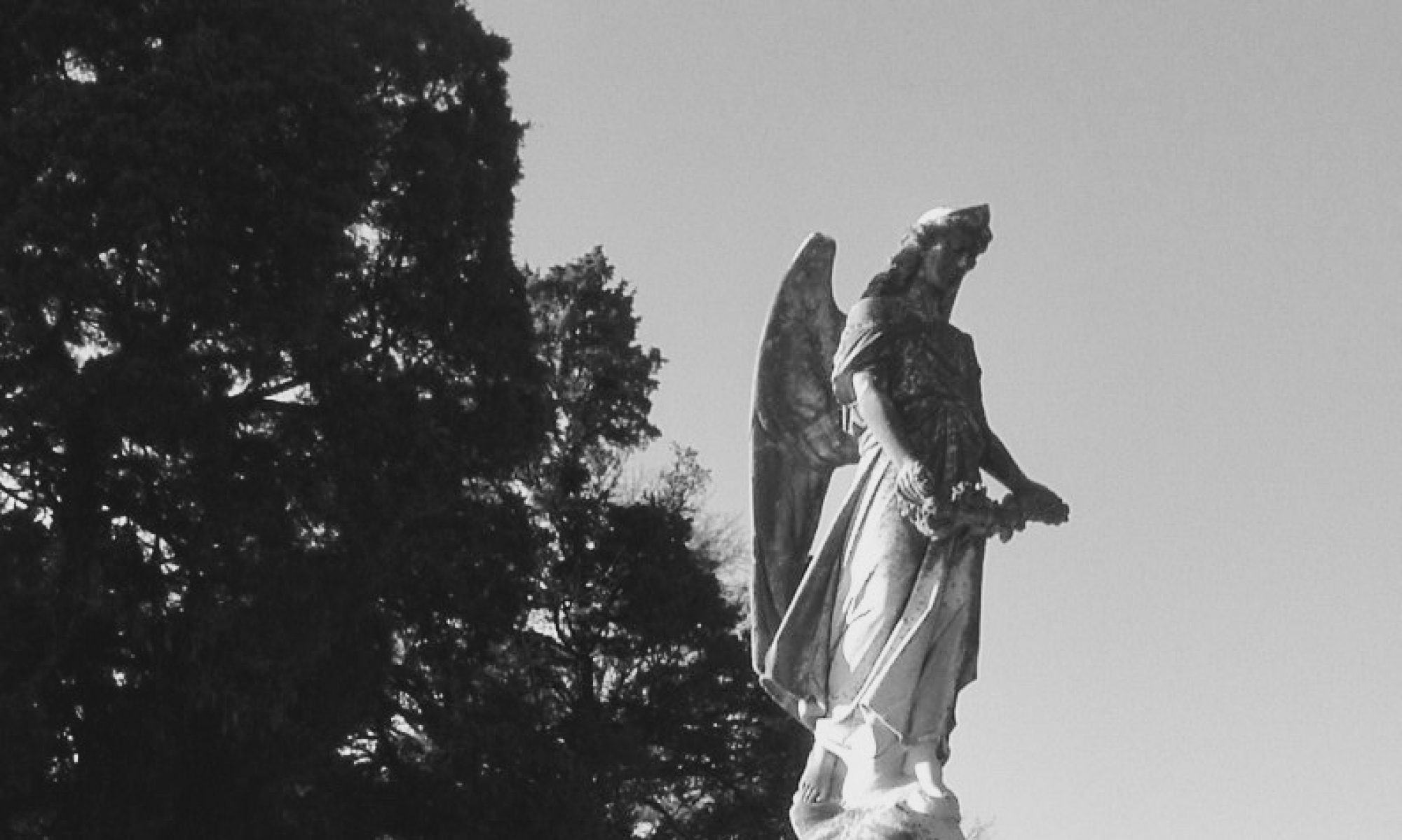The British most certainly love their ghosts. A few grainy seconds of Snapchat video that may show a ghost at New Bern, North Carolina’s Tryon Palace, has been making waves in Britain and here, “across the pond.” Articles in the Daily Mail and the Daily Mirror, both British newspapers known for their snarky and sensational, tabloidesque reporting, discuss the “chilling” video.
Two visitors from Goldsboro, North Carolina were touring the palace with their cellphone capturing everything on video. In one of the building’s parlors, the camera scans over a doorway that is first seen empty. As the camera scans back over the same doorway, a woman in period clothing is seen walking past. The video is captioned, “Dude Scary Lady.”
The woman appears for about a second as she walks quickly past the doorway holding a basket, or perhaps, a hat to her side. The figure reminds me of the servant girl that French painter Jean-Etienne Liotard painted in his circa 1745 painting, The Chocolate Girl. Could these two young visitors have captured the image of a ghost?

Tryon Palace is a reconstruction of North Carolina’s colonial capitol and governor’s residence. It was constructed overlooking the Trent River just before it meets the Neuse River and quickly spills into Pamlico Sound. From this powerful vantage point, the Royal Governor could reign over his colonial subjects in this wild, new land. Royal Governor William Tryon hired an English architect, John Hawk, to design a graceful and substantial public palace fitting for the King’s representative in the colony. This handsome Georgian palace was constructed over about three years, from 1767-1770, much to the chagrin of the locals who bore the costs of the building through increased taxation.
Construction caused considerable discord among the citizenry, particularly the farmers in the western Piedmont region. Angered by corrupt and greedy tax collectors, these harried farmers, frontiersmen, and landowners rose against the royal government officials in what is now called the War of Regulation. Fought between 1765 and 1771, this series of backcountry skirmishes led to an actual battle fought at Great Alamance Creek in May 1771, one of the many blights on the King’s name leading to the American Revolution.

Governor Tryon only occupied the completed palace for about a year before being reassigned as governor of the colony of New York. Governor James Hassell occupied the royal capitol followed by Josiah Martin who fled on the eve of the Revolution. After rebels seized the building, it served as the governmental seat of North Carolina until Raleigh was established as the state capital in 1792. Afterward, the building was infrequently used for other functions including a boarding house, school, and a Masonic lodge. In February 1798, hay stored in the basement caught fire and destroyed the main building.
Interest in reconstructing the palace surfaced almost a hundred years later and was discussed until the mid-20th century when money was finally raised to rebuild it. Building on the original foundations, the structure arose through the 1950s. The palace now serves as a focal point for history in this most historic of North Carolina cities. Today, costumed interpreters guide visitors through the recreated rooms and moments of daily life from the colonial period.
Despite my years of collecting ghostlore from throughout the South—including numerous stories from New Bern—I have yet to encounter stories from Tryon Palace. Of course, that doesn’t mean there are not stories, just that they don’t appear in any of the material I have collected. According to the articles from the British papers, there are tales of a young servant girl dying in the 1798 fire who may remain in residence in the reconstruction. This is not unheard of as there are stories of ghosts from the Governor’s Palace in Williamsburg, Virginia, the history of which parallels the history of Tryon Palace—it was destroyed by fire during the American Revolution and subsequently rebuilt for Colonial Williamsburg in the 1930s.
As for the video that recently surfaced, there is nothing to indicate that the “scary lady” is a spirit. With the number of costumed interpreters roaming through the palace, the figure in the video is most likely one of them. Having served as a costumed interpreter myself, I have been asked several times if I was a ghost. While we can sometimes be a bit scary, we’re still perfectly alive, thank you very much!
Sources
- Bishir, Catherine W. & Michael T. Southern. A Guide to the Historic Architecture of Eastern North Carolina. Chapel Hill: U. of NC Press, 1996.
- Holmes, Simon. “Young couple on tour of North Carolina palace accidentally film the ‘ghost’ of a female servant who died in a fire casually strolling across a hallway.” Daily Mail. 21 July 2017.
- Norris, Sophie. “Ghostly figure of servant girl who died in 18th century fire filmed in chilling footage.” Daily Mirror. 21 July 2017.
- Price, Mark. “Was a ghost just caught on film at NC’s Tryon Palace? Two women insist it’s true.” Charlotte Observer. 21 July 2017.
- Tryon Palace. “The Palace.” Accessed 23 July 2017.
- “Tryon Palace.” Wikipedia, the Free Encyclopedia. Accessed 23 July 2017.
